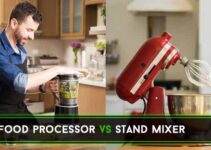Cooking is one of the most important skills for people to have. Saucier and saucepan are two different kitchen utensils that can be used for cooking various dishes.
Saucier, also known as "sauteuse" is an often used small pot or pan with sloping sides and a long handle.
The saucier has deep, straight vertical sides that allow liquids to reduce more quickly than in other pans.
However, there are some other factors you might consider. The following will explain more.
What is Saucier Pan?
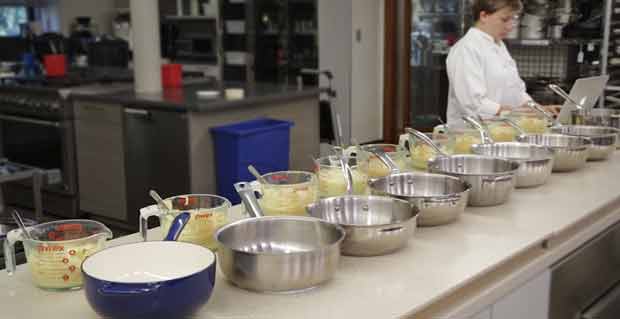
Saucier is a type of saucepan, with deep straight vertical sides that allow liquids to reduce more quickly. Sauciers are often used for boiling eggs in the morning or as well as other sauces and reductions.
Sauciers have deeper pots than most skillets, which allows for less spilling when you tilt the pot over to pour the liquid out.
The slope on its side also makes it easier to scrape food off of its surface while stirring without making a mess.
What is Saucepan?
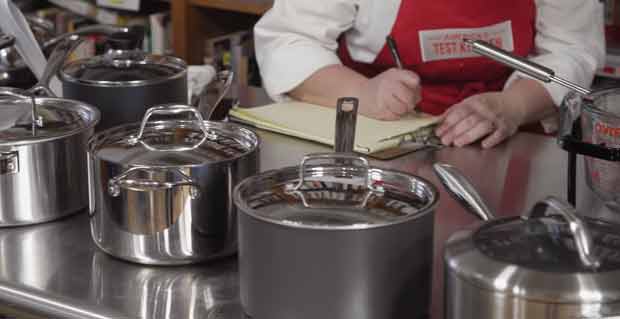
A saucepan is a type of kitchen vessel that has sloping sides and handles on opposite ends. It can also prepare sauces, cook vegetables or even make scrambled eggs in the morning.
Saucepans are typically larger than most skillets, which means they can hold more food at once without spilling out if you tilt it over while pouring liquids. The shape also makes them better for cooking things with high liquid content such as soups or stews.
There's no chance of all the ingredients being poured out when your hand slips off the handle, as often happens with sauciers (which have vertical rather than angled sides).
Smaller saucepans are better for one person, while the larger ones can feed four to six people at once.
Saucier vs Saucepan:
Now let's look at the specific differences on saucier vs saucepan
Design Capability
The saucier has deep, straight vertical sides that allow liquids to reduce more quickly than in other pans.
Saucers are typically small pots that come with long handles so they can be easily maneuvered around stovetops and cooked on low heat settings.
Saucepans are typically larger than most skillets, which means they can hold more food at once without spilling out if you tilt it over while pouring liquids.
Use
Sauciers are typically used for boiling eggs in the morning or as well as other reducing sauces and reductions. They can also prepare sauce, cook vegetables or even make scrambled eggs in the morning.
Saucepans are typically used for cooking soups and stews with high liquid content.
Cooking Surface Area
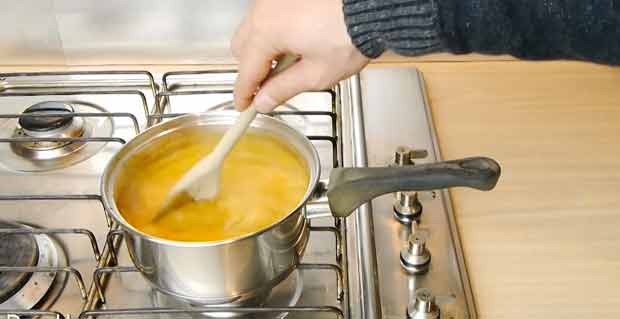
The cooking surface area of the saucier is sloped, which helps to remove food from its surface while frequently stirring.
Saucepans have a flat cooking surface, meaning it's easier to move things around on them without making a mess.
Maintaining Temperature
Since saucepans are deeper than skillets, they heat more slowly and evenly so that you don't end up with raw or overcooked sections in your dish. The slope also makes for easy draining when pouring out liquid.
Saucers are more likely to have hot spots, so you'll need to be careful when cooking.
Durability & Maintenance
Both saucepans and sauciers need to be properly maintained. If not, they can quickly get damaged by heat, scratches from utensils, or even rusting.
If you're boiling eggs in the morning and only taking a few minutes of your precious time each day to reheat food, then it is necessary to have quick-kitchen pots that will help with this process.
If you want something big for making soups, stews or egg emulsion sauces which might take longer than ten minutes depending on how much liquid needs boiling down, then a pot with more volume capacity would suit better for these tasks.
Cost Range
Saucers are usually much less expensive than saucepans. The cost range for sauciers is typically $20-30. Saucepans can cost anywhere between $15 and up to a couple hundred, depending on the size of the pot that you want.
Saucers may have a higher average price because they are usually smaller, so there are fewer measurements needing to be considered in order to purchase these products.
Saucier prices also vary based on age and brand while sauces pan prices seem more consistent throughout retailers because of their larger sizes, which allow them to hold more food at once without spilling out if you tilt it over while pouring liquids.
Advantage of a saucier pan and saucepan
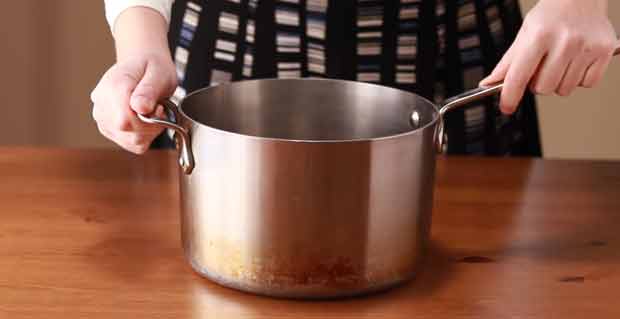
Both pans are ideal for cooking sauces and reduce liquids
The advantage of a saucier pan is its deep, straight vertical sides which allow it to more quickly than in other pots or pans.
Advantage of Saucier Pan:
- Saucier pans are great for making meat stocks and sauces, but it is also used to cook vegetables, rice, lentils, beans, and other grains.
Disadvantages of a Saucier Pan:
- The deep sides mean that the liquid cannot evaporate as quickly, which leads to reduced sauces making more slowly than they might elsewhere on the stovetop.
Advantage of saucepan:
- Saucepans have straight sides which make it ideal for cooking tasks like pasta and other foods that can stick.
The disadvantage of saucepan:
- It is not as suitable for making reduction sauces, which are thickened by boiling liquid over long periods of time.
Some Common FAQ's
1. How do you choose a pan that is right for you?
Answer: There are two fundamental things that you'll need to consider, which the volume capacity is and the design capability of the pot.
If you're cooking eggs in the morning and only taking a few minutes of your time each day to reheat food, then it is necessary to have pots that will help with this process.
If you want something big for making soups, stews or sauces which might take longer than ten minutes depending on how much liquid needs boiling down, then a pot with more volume capacity would suit better for these tasks.
2. Cast Iron Or Stainless Steel: Which Is More Durable?
Answer: Stainless steel typically lasts longer than other materials because it does not rust like iron but can also withstand higher temperatures while being easier to clean up after use.
If someone wanted something for quick tasks that require less volume capacity, then cast iron might be a better option because it provides for faster and more even heating.
3. Which is the Best tool for Stirring?
Answer: Choosing the right tool for stirring is a personal preference.
The most common stirrer or whisk would be from a spoon to more specialized ones like whisks with ball shaped ends. That helps create bubbles and fluff, balloon whisk with rubber coated handles which are easy on your hand while cooking eggs in the morning.
Silicone spoons used specifically for nonstick cookware and metal utensils such as spatulas because they scrape up all of those little bits and pieces stuck to the bottom of pans better than other materials that can scratch it.
4. Can a saucier replace a saucepan?

Answer: The saucier pan is a thick bottomed pot with rounded sides and high walls. It’s used for making sauces, hence the name.
The saucepan is thinner walled, has straight sides, and can be made of any material other than metal pans (wooden or silicone). A saucier pan stands at least 12 inches tall while a saucepan typically sits between eight to nine inches in height and does not have straight sides.
So a saucier pan should not replace your saucepot unless it's what you are looking for. If you want something that will heat more quickly and evenly, then get one. But if you're looking for an inexpensive pot to do all the things a saucepan does, then stick with that.
5. Should I get a saucier pan or a Saucepan?
Answer: Both pots are ideal for simmering sauces and reduce liquids, but if you want something big or an inexpensive pot to do all the things a straight sided saucepan does, then get one instead of just investing in a saucier pan.
If you're looking for an expensive utensil to make reduction sauces quickly on your stovetop or cook large quantities without taking up too much space on your kitchen countertops. Then invest in what you need because they don't come cheap.
6. Are Sauciers and saucepans oven safe?
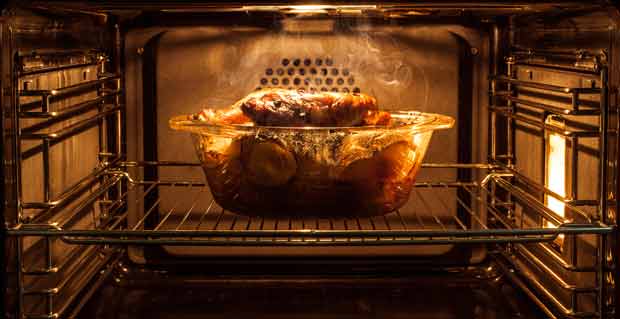
Answer: Yes, but there are some considerations.
If you're cooking foods that require over 30 minutes in the oven, then get a pot made of enameled cast iron or stainless steel and not glass because they'll take longer to heat up which can lead to unevenly cooked food.
Additional Tips on Saucier pan and Sauce pan
Picking a perfect pan based on preference is not the only criteria to keep in mind. There are many other factors that influence which one you should buy.
The decision will be determined by what type of stove and cooking surface area you have, how often do you cook with it, as well as your needs for flat or curved surfaces?
There’s no denying that saucier pans provide more control when flipping eggs and pancakes. They offer greater precision than saucepans because they come with slanted sides.
This means that food doesn't easily slide off the side of the sauté pan when being flipped over making it easier to flip creamy foods without them falling apart into little pieces all over your kitchen.
The slanted sides also have a more pronounced slope, so it's easier to get the food out of the pan when using a spatula.
If you're making food with a saucepan, then try to use the largest one possible. This will help spread out the heat and it won't be too close to the bottom of your pot, which can cause overheating when boiling liquids or frying foods.
A flat bottom is better for even heating because they distribute heat more evenly than ones that have curved walls.
The taller pans provide greater cooking surface area so there's less chance of burning anything in them if left unattended adding extra safety precautions for those who are prone to forgetting about their pots while cooking on high heat.
If you're just preparing food for one or two people, then a saucepan is perfect. They are typically cheaper and take up less space on your countertop than sauciers, which makes them great to have in small kitchens.
This is because you can cook everything in a small amount of liquid, which will reduce the risk of burning your food.
If you like to make large batches at once, then get one that's four quarts or more if possible so that it doesn't bottleneck when preparing liquids and sweet sauces over high heats. This saves time and energy while giving you greater control over how fast your sauce reduces down without having to stir constantly.
Last Thoughts
Hopefully, you found this content helpful and know that the difference between a saucier pan and a saucepan is small but meaningful. When choosing a pot, it's important to consider what your needs are as well as what type of surface you have to cook on.
Now that you know the difference between a saucier pan and a saucepan, be sure to check out our other posts for handier kitchen tips.

